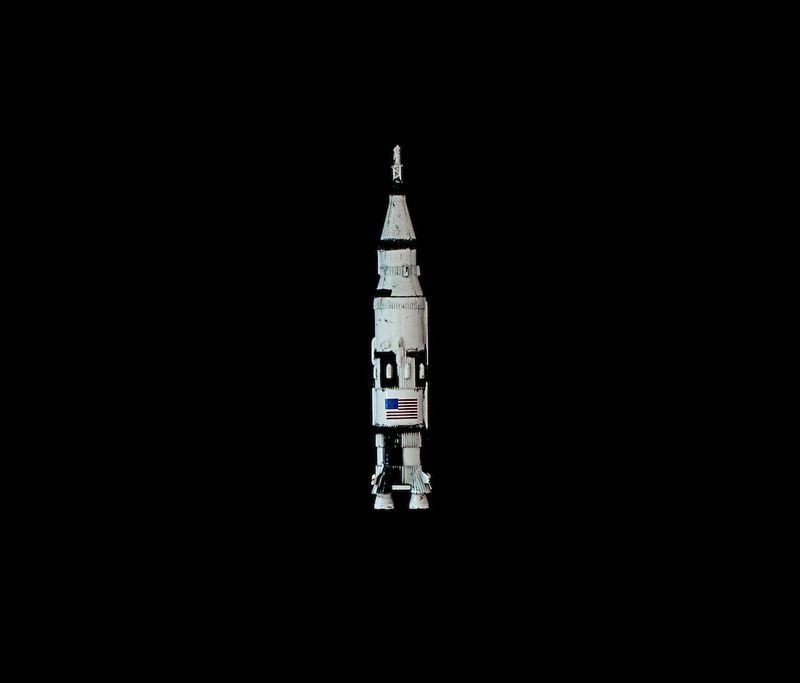India Launches Chandrayaan-3 Mission in Bid to Land on the Moon
India is making significant strides in its space exploration program with the launch of its Chandrayaan-3 mission, which aims to execute a controlled landing on the moon. The mission, named after the Sanskrit term for “moon vehicle,” took off from the Satish Dhawan Space Center at Sriharikota in southern Andhra Pradesh state. This is India‘s second attempt at a soft landing on the lunar surface, following the unsuccessful Chandrayaan-2 mission in 2019.
India‘s Space Odyssey
India‘s space program has come a long way since its humble beginnings in the 1960s. At that time, India was a newly independent and economically challenged country. However, the nation’s space ambitions have grown in recent years, fueled by Prime Minister Narendra Modi’s vision of India‘s rising prominence on the global stage.
Under Modi’s leadership, India has achieved significant milestones in space exploration. In 2014, India became the first Asian nation to reach Mars with its Mangalyaan probe. The country also holds the record for launching 104 satellites in a single mission in 2017. Furthermore, India conducted an anti-satellite test in 2019, making it one of only four countries to achieve this feat.
The Indian Space Research Organization (ISRO) has set ambitious goals for the future. It plans to establish an independent space station by 2030 and has also proposed sending an orbiter to Venus. India‘s space program has not only captured the attention of investors but has also garnered interest from world leaders, as demonstrated by discussions of collaboration in the space economy during Prime Minister Modi’s recent visit to the United States.
Chandrayaan-3 Mission Details
The Chandrayaan-3 mission is comprised of a lander, a propulsion module, and a rover. Its primary objective is to safely land on the moon‘s surface, collect data, and conduct scientific experiments to gain a better understanding of the moon‘s composition.
The mission marks India‘s second attempt at a soft landing. Its first lunar probe, the Chandrayaan-1, successfully orbited the moon in 2008 and intentionally crash-landed onto the lunar surface. The Chandrayaan-2 mission, launched in 2019, entered lunar orbit but encountered a failure during its rover’s landing.
The current mission aims to land near the challenging terrain of the moon‘s unexplored South Pole. If successful, India will join the ranks of the United States, Russia, and China as the only countries to achieve a soft landing on the moon.
The Significance of India‘s Space Achievements
India‘s advancements in space exploration carry deep symbolic and practical significance. Philosophically, space exploration represents humanity’s insatiable thirst for knowledge and our inherent desire to explore the unknown. Through space missions, nations not only push the boundaries of human understanding but also inspire future generations to delve into the realms of science and technology.
Practically, India‘s space program has numerous benefits. It fosters scientific research and innovation, contributes to technological advancements, and bolsters national pride and prestige. Additionally, successful space missions can have economic implications by attracting investments, spurring the growth of related industries, and creating high-skilled job opportunities.
Editorial: The Power of Ambition
India‘s space program exemplifies the power of ambition and perseverance. From its modest beginnings to its current endeavors, the country has shown that with dedication, resources, and visionary leadership, even the most audacious goals can be achieved.
Prime Minister Modi’s emphasis on space exploration as a symbol of India‘s rising prominence on the global stage reflects a larger trend of nations utilizing their space programs as vehicles for national pride and scientific advancement. As India continues to make impressive strides, it becomes increasingly clear that space exploration is no longer the exclusive domain of a few nations but a universal endeavor that unites humanity in its quest for knowledge.
Advice and Recommendations
The successful launch of the Chandrayaan-3 mission serves as a reminder that space exploration involves a delicate balance between ambition and risk. While setbacks and failures are an inevitable part of the journey, they should not deter nations or individuals from pursuing their dreams of reaching new frontiers.
For aspiring spacefaring nations, it is crucial to invest in robust research and development, establish strong collaborations with international partners, foster a culture of innovation, and provide necessary resources to support ambitious space missions. Moreover, governments should prioritize scientific education and nurture a passion for space exploration among young minds, as they will be the torchbearers of future space endeavors.
In conclusion, India‘s Chandrayaan-3 mission showcases the nation’s determination to push the boundaries of space exploration. Whether or not the mission succeeds, the endeavor itself is a testament to human ingenuity and serves as an inspiration for the global community to continue pushing the boundaries of scientific exploration.

<< photo by Blake Weyland >>
The image is for illustrative purposes only and does not depict the actual situation.
You might want to read !
- Google’s Bard Triumphs over EU Obstacles, Expands Reign and…
- Remembering John Nettleton: A Tribute to the Iconic Yes Minister Star
- India’s Chandrayaan-3: Another Giant Leap for Moon Exploration
- Virgin Galactic: Paving the Way for Commercial Suborbital Travel
- In the depths of Titan’s ocean, brave explorers find their final frontier
- “The Summer I Turned Pretty”: Exploring Deeper Emotions Beneath the Sun
- “The Surprising Revelation that Left Roman Kemp Mortified: Shirlie of Wham! Sparks a Shocking Confession”




